Exhibition shows human face of race relations laws
- Published
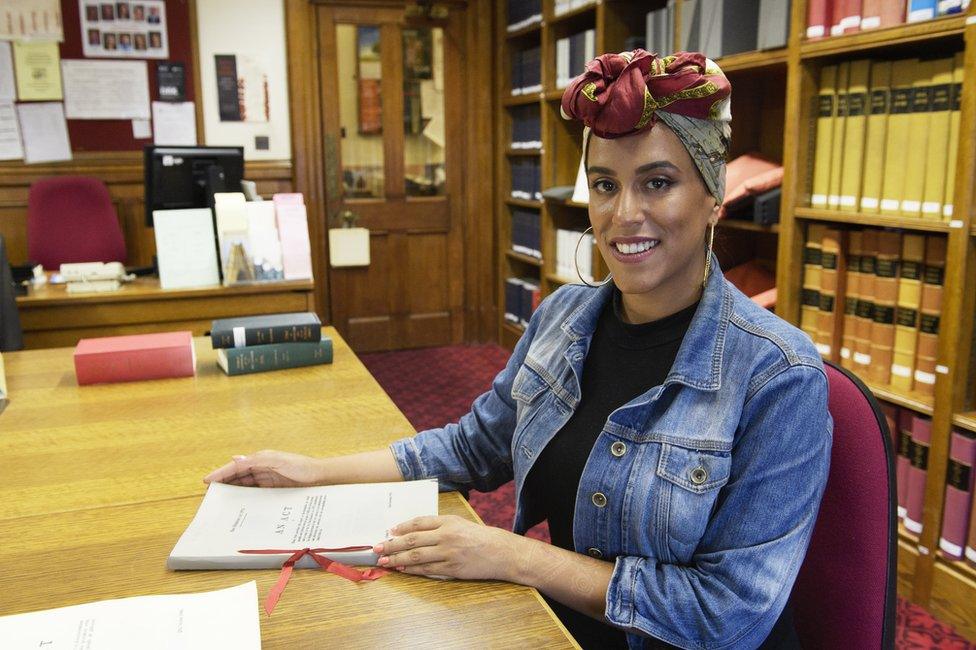
Scarlett Crawford was selected as artist in residence for the First Waves project. She's young, she's mixed race, she's a mum and she's from Brixton, in south London.
Her intimate collection of photographs and personal testimonies from across the UK show a variety of views and experiences of people affected by the 1965, 1968 and 1976 Race Relations Acts.
The introduction of the Race Relations Act of 1965 is the focal point of the exhibition in Westminster Hall, in the Houses of Parliament, and participants shared how the legislation touched their day-to-day lives.
"Since graduating I have worked on topics of race and class, the kind that affects me particularly. So when this opportunity came up in Parliament, I was like wow, this is a really good opportunity," says Crawford.

During a series of workshops Crawford asked her participants to use symbols and not words to communicate their experience.

Lurline tied the ribbon on her head as a crown. An active community leader, she wanted to show how important it is to take an active a role in keeping your community together as she felt that the law doesn't

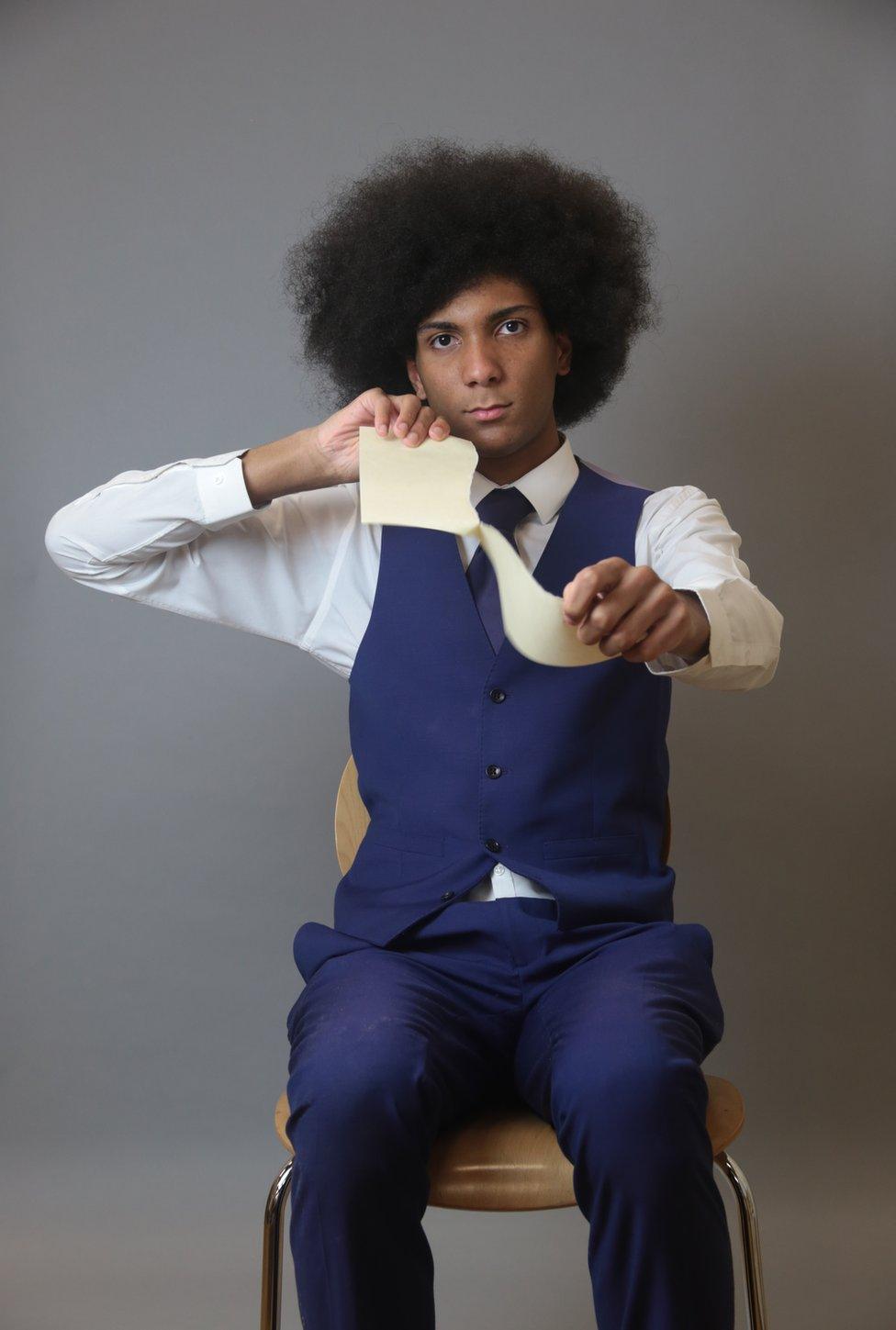
As a history student, Omari was well-informed about the history of the Race Relations Acts, of 1965, 1968 and 1976. His in-depth knowledge of the impact led him to want to demonstrate how ineffective he thought they had been by ripping the parchment paper

For Crawford, the fact she isn't a stereotypical artist, is exactly why having her art displayed in the heart of Westminster was important.
"Brixton has traditionally been a politicised area, so growing up I always felt that I could have an impact on politics.
"I used to write letters to John Major when I was a kid because he was also from Brixton. But then the focus was finding a way you could talk about politics and help your community."
The project led Crawford to travel across the UK to hear and meet different ethnic minority communities that often get overlooked.
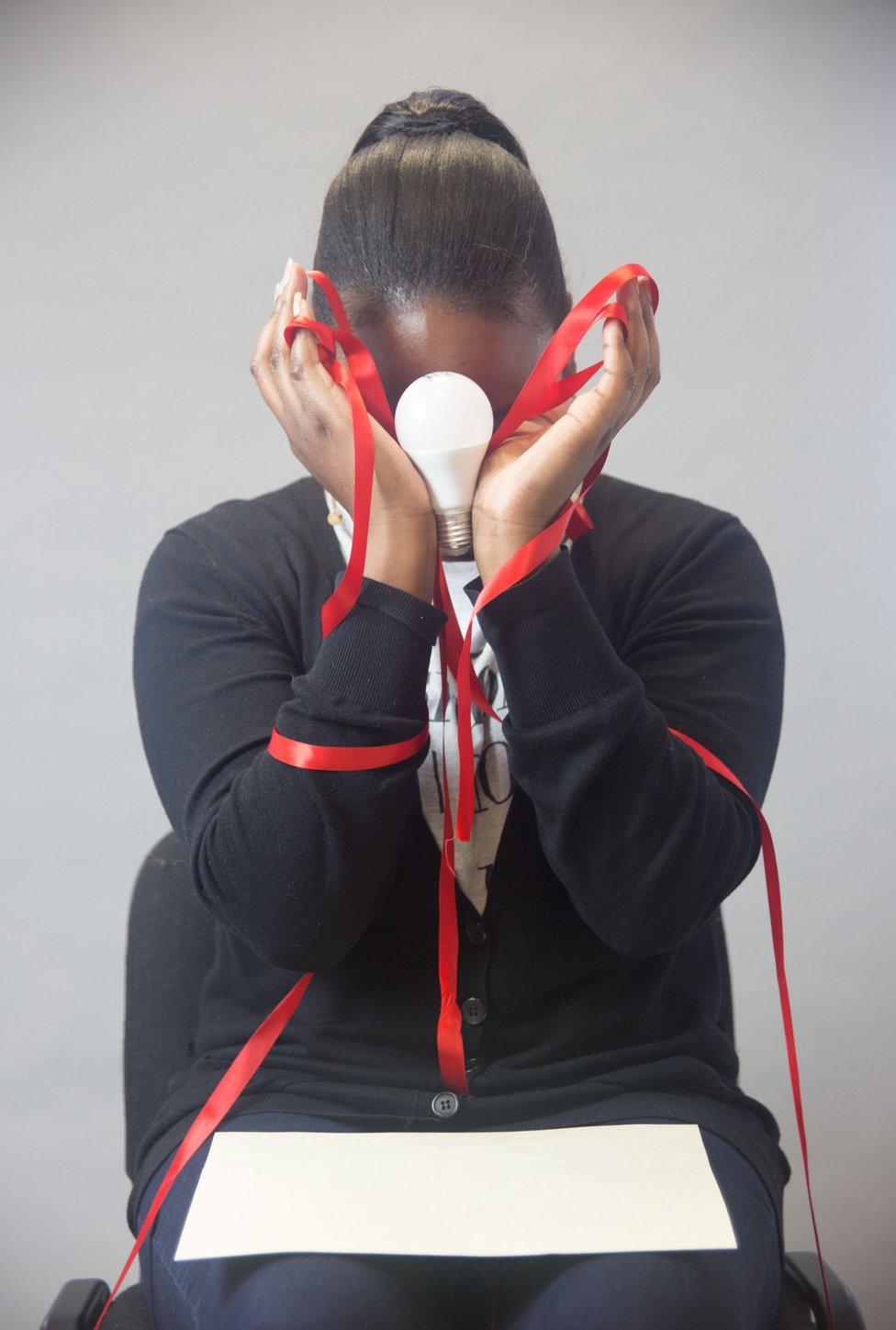
Tracey wanted to show that the law was present but distant in its impact by laying the parchment on her lap. She held the ribbon and bulb in a prayer-like pose to show that the only hope for racial harmony came from the community

"I was nervous because I had only worked within my community. So for me, it was great to leave south London, leave Brixton, and go to other places.
"As people of colour or BAME people, how has it been Cardiff, how is it in Glasgow in comparison to London? If I've grown up in London and I've experienced some form of racism if you go to communities where there is less of a presence how does that feel for you?"
For the exhibition, Crawford used objects instead of words to symbolise how the subjects felt. The light bulb represents light, optimism and hope. The red ribbon represents blood ties, community and unity. The parchment represents law, legislation and government and finally, the pen represents education, action and protest.
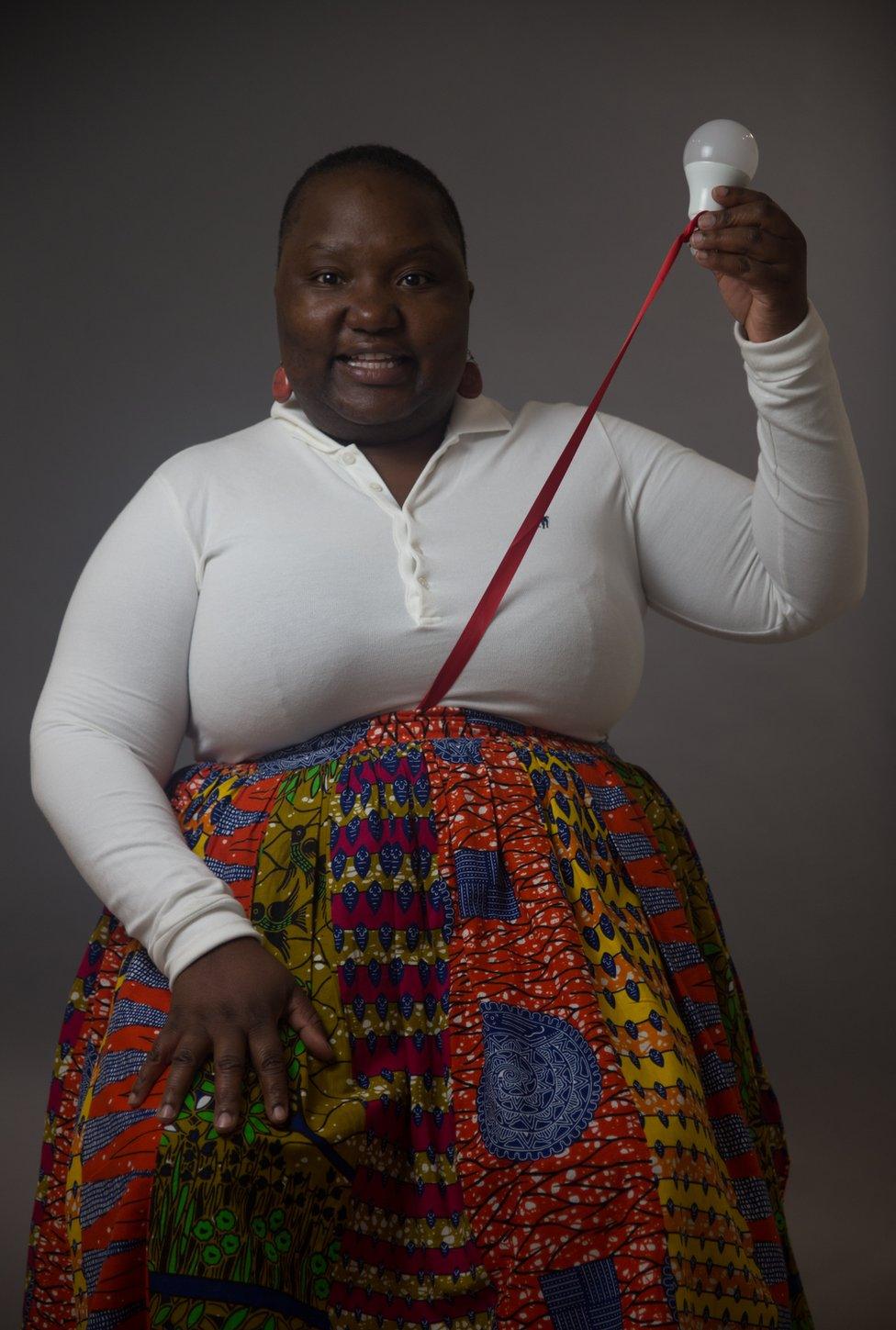
Yeukithe Taruvinga's ribbon represents her umbilical cord and the light bulb is held up optimistically to show her hopes for the future

Crawford hopes this exhibition can educate people to understand the cultural history of the UK.
"It's about the whole of Britain understanding why we have such a diverse culture and why we have a multicultural society. We as a community know, but I think a lot of people still don't."
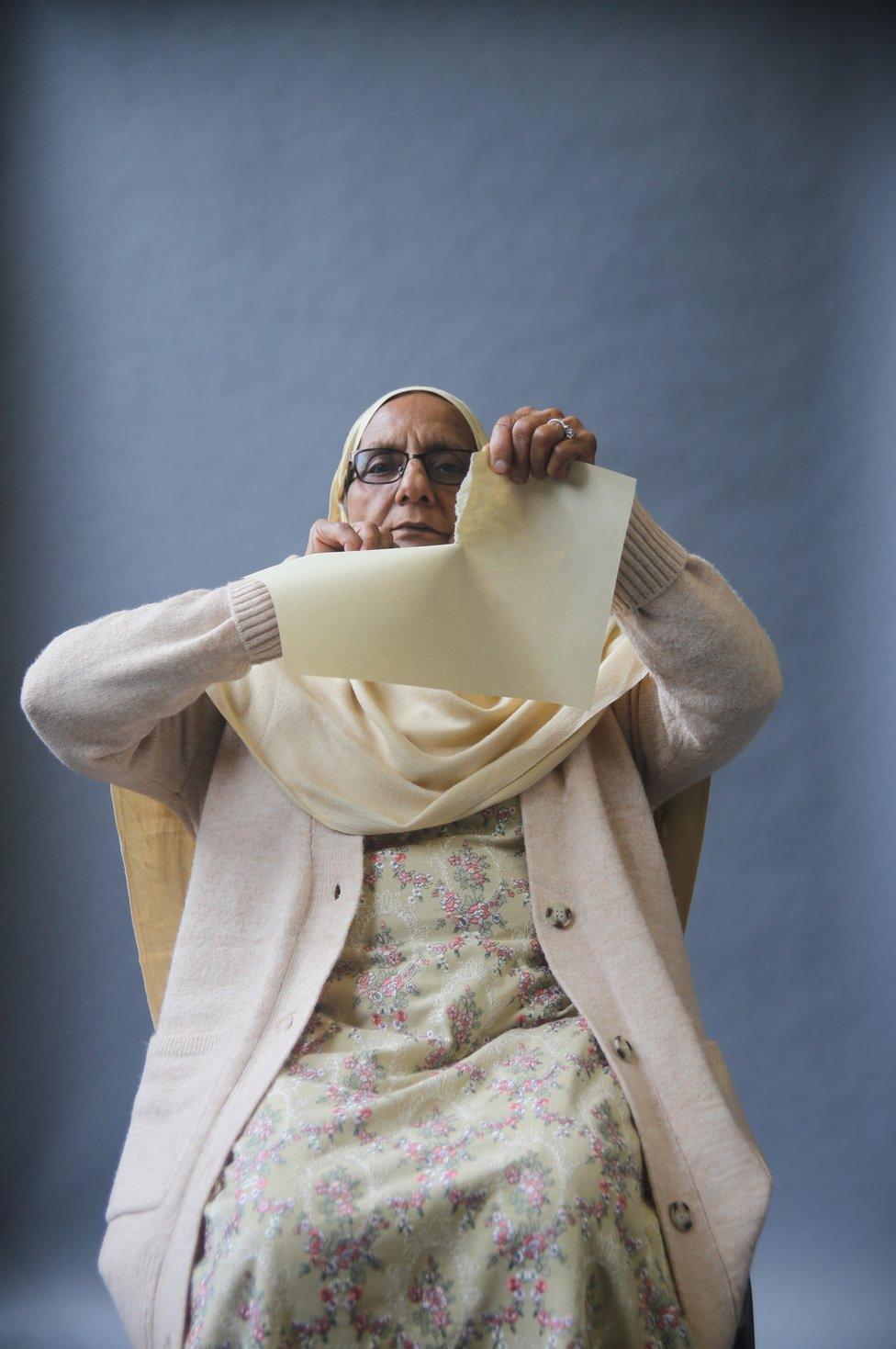
By ripping the paper Razia is showing that the legislation did nothing to prevent the hatred she faced

It is indisputable that since the Act, race and race relations within the UK have improved. However, issues of equal pay and equal opportunities still trouble society today.
"I think it's important we have keep having projects like this, where we actually take Parliament into communities outside of London and then bring it back in," says Crawford.
"I think keeping that engagement and keeping that dialogue open is important for people to recognise Parliament isn't this far away building you have nothing to do with, you can actually be involved."
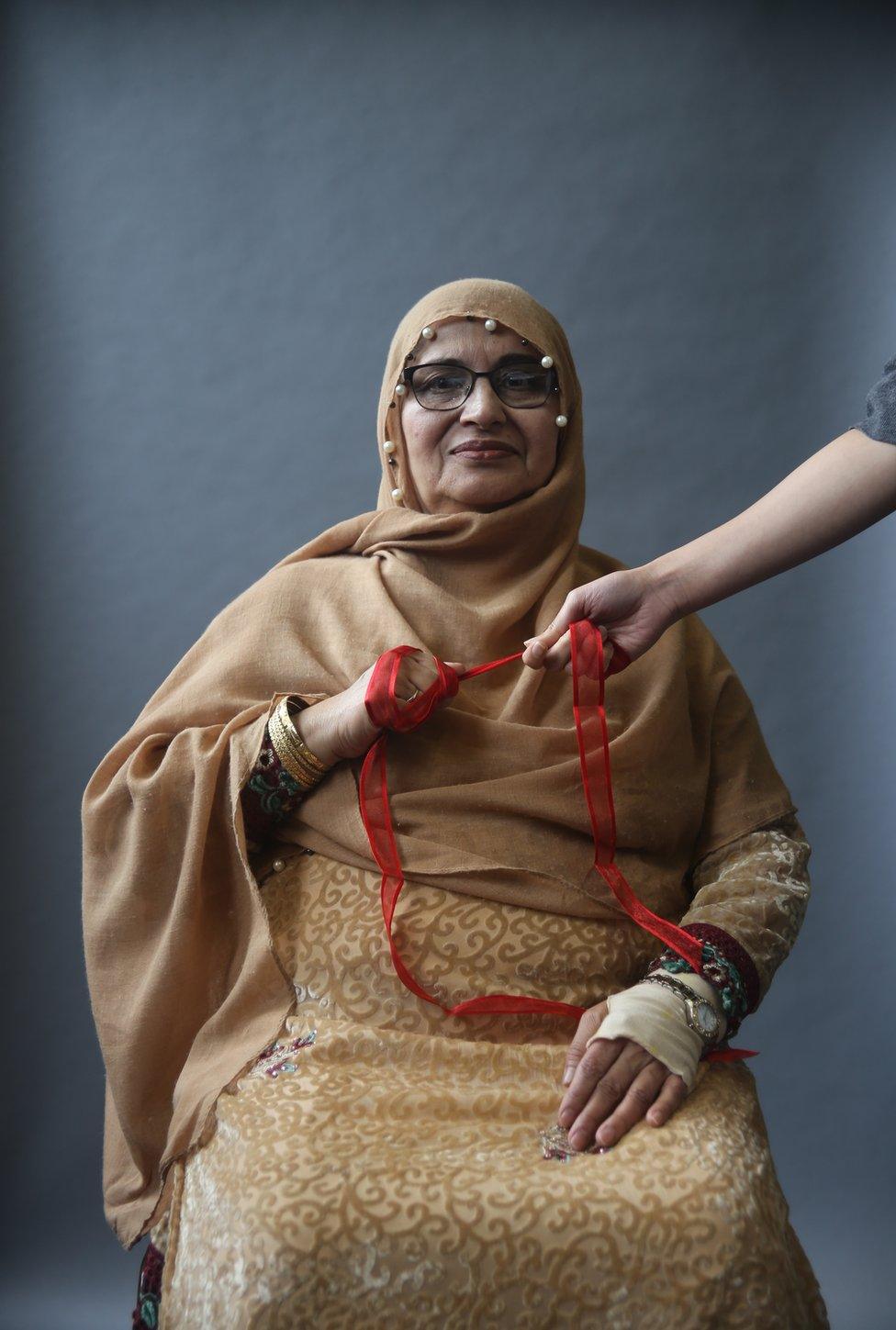
Zahida wanted to communicate her pride in her family and community. She asked her daughter to hold the ribbon with her to represent this

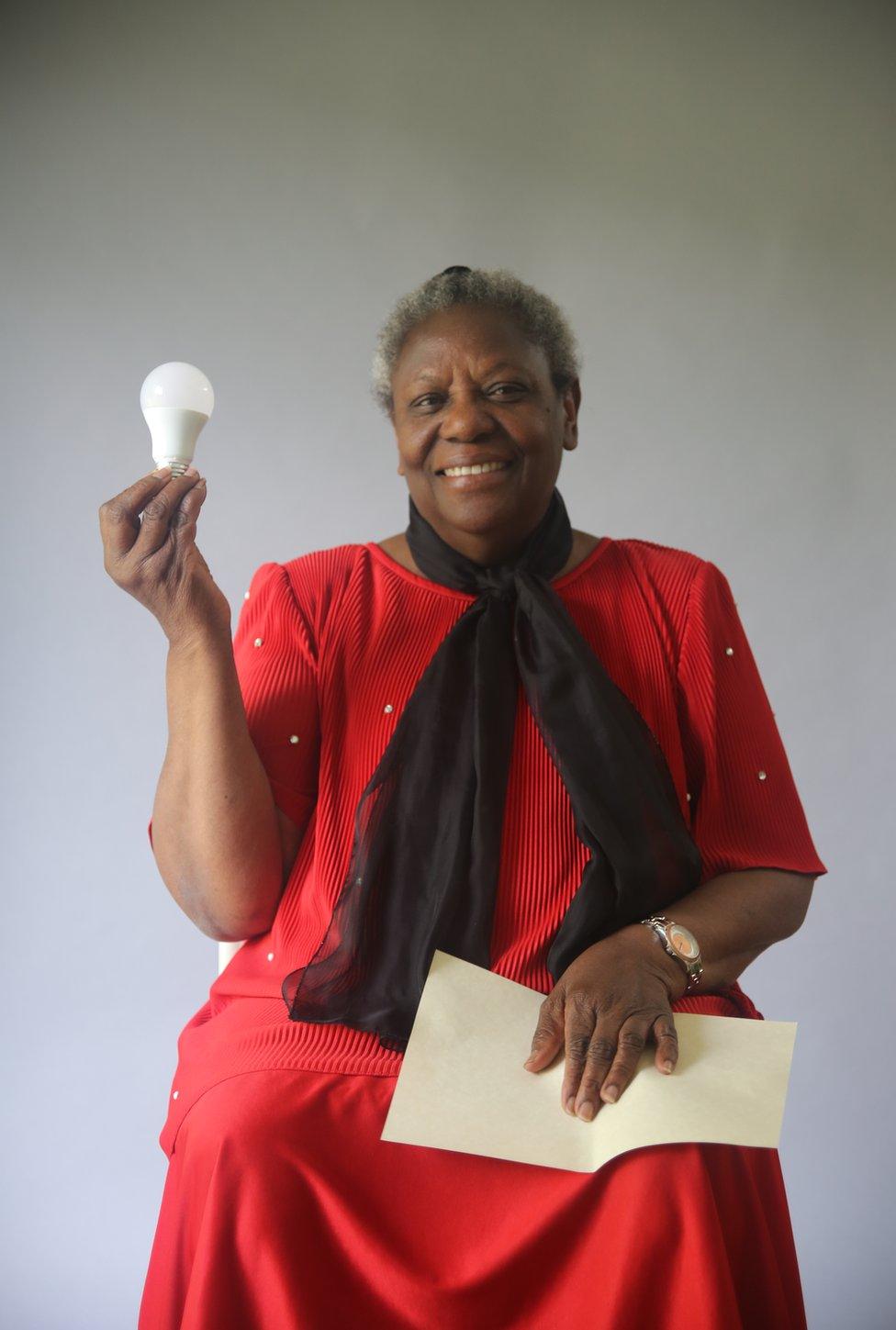
Roma felt the impact of the introduction of the Race Relations Acts and believed that they were a positive move towards change

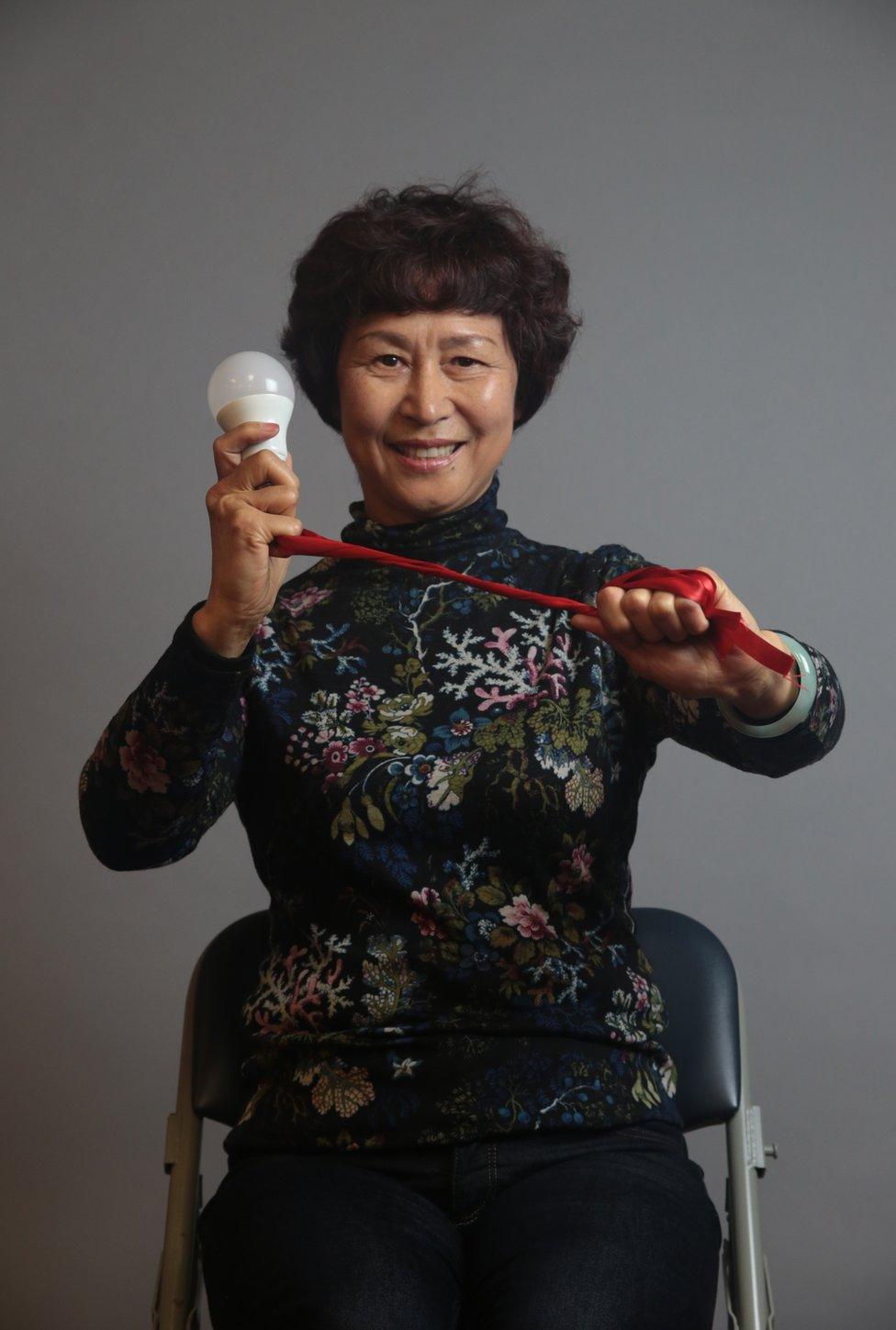
By tying the ribbon around the light bulb Yuying wanted to show her hopes for her multinational community and our world

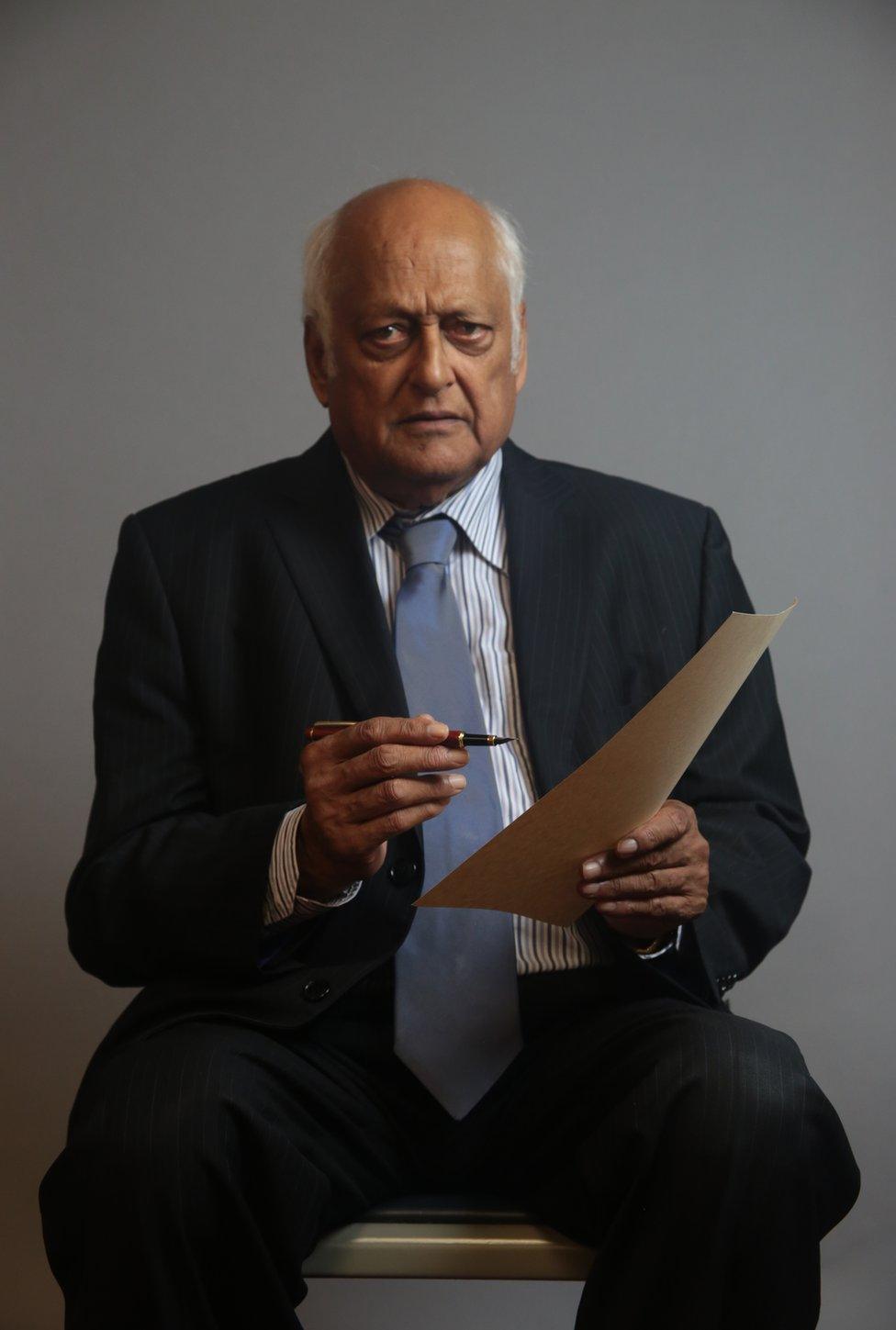
Ray Singh was the first BAME District Judge appointed in Wales. He has worked in race relations for over 30 years. By holding the parchment and paper he wanted to convey that whilst the Race Relations Acts were necessary, there is still a lot more work to be done

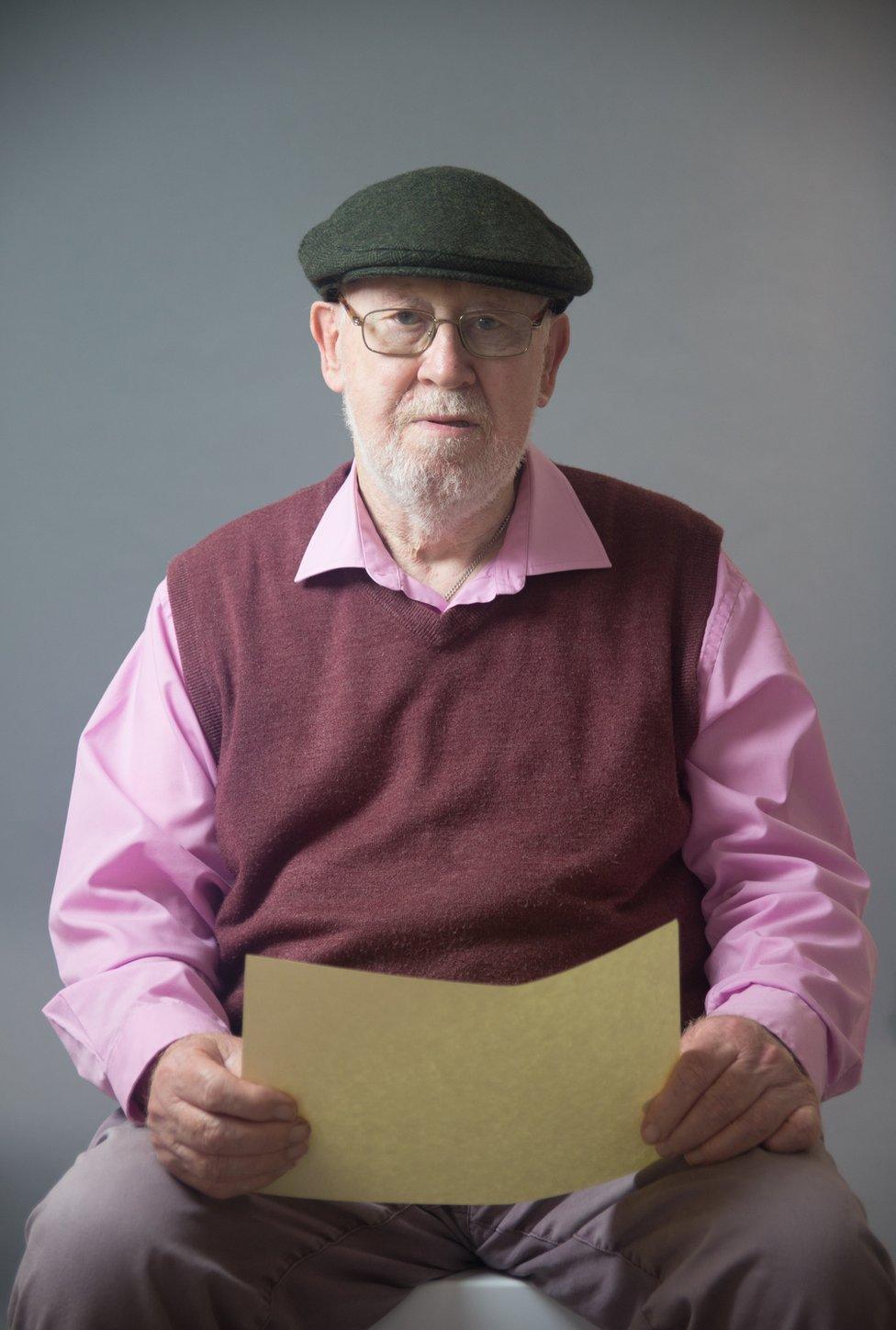
Richard used the parchment to show that the legislation has been too little and too late. Wearing his hat represents the contribution that the Irish working class has made to UK society. He's proud of his community and his contribution as a local councillor

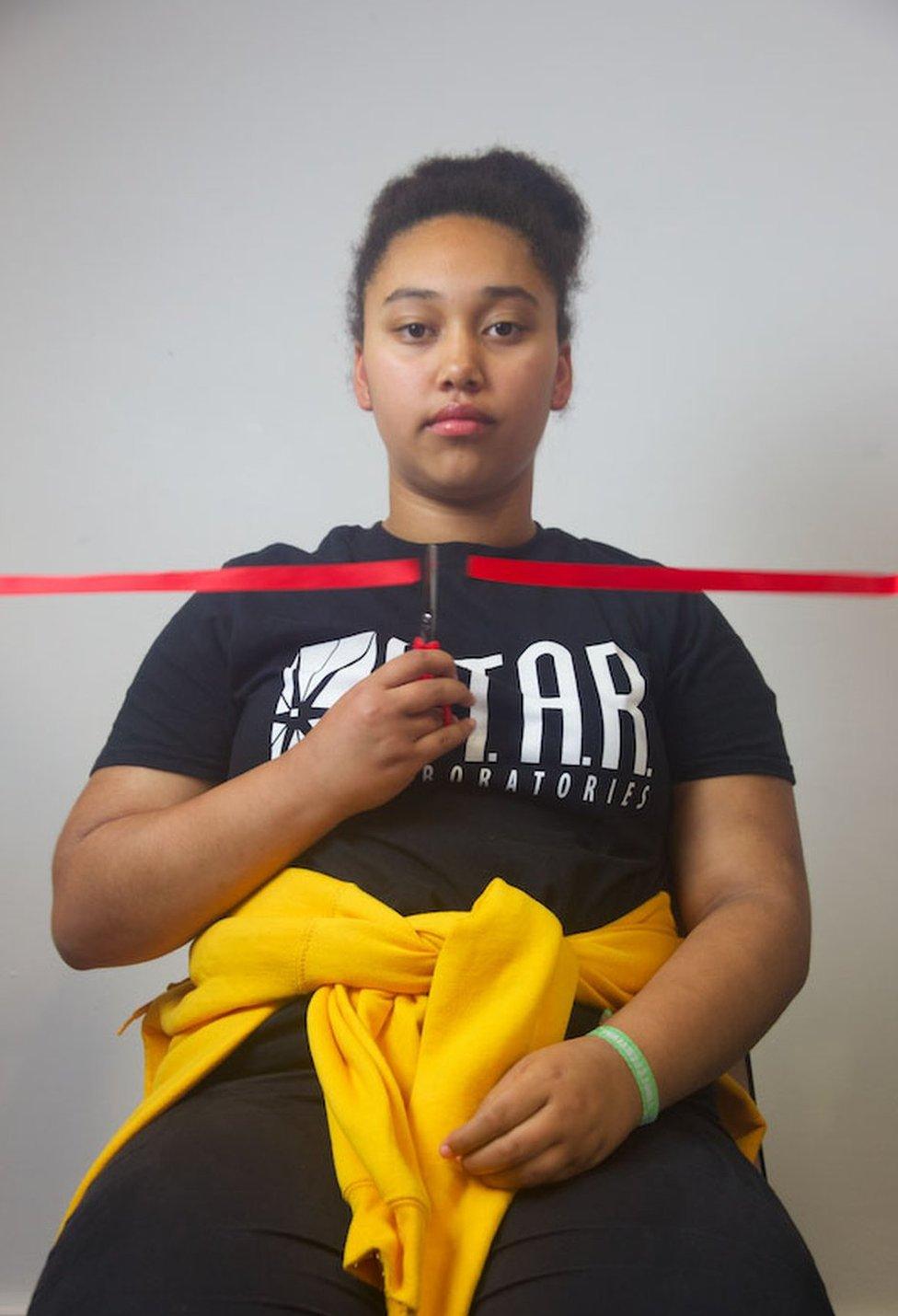
Tia spoke about how heart-breaking it was to experience racism. This was represented by capturing her cutting the ribbon above her heart

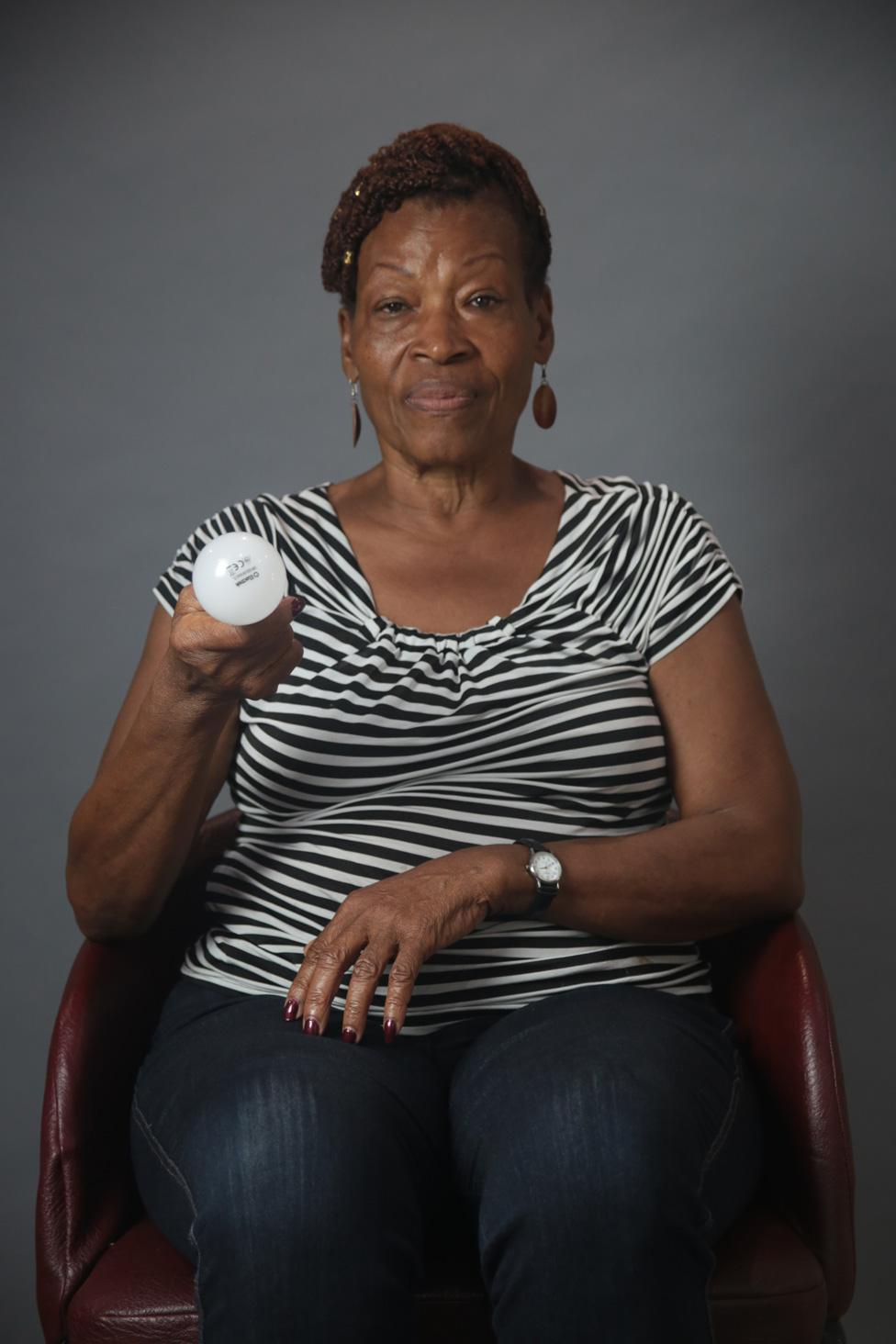
Olga wanted to show how there is light at the end of the tunnel. By pointing the light bulb towards Parliament, she is highlighting that it is the responsibility of politicians to deal with the increase in race related issues that people are currently facing in the UK

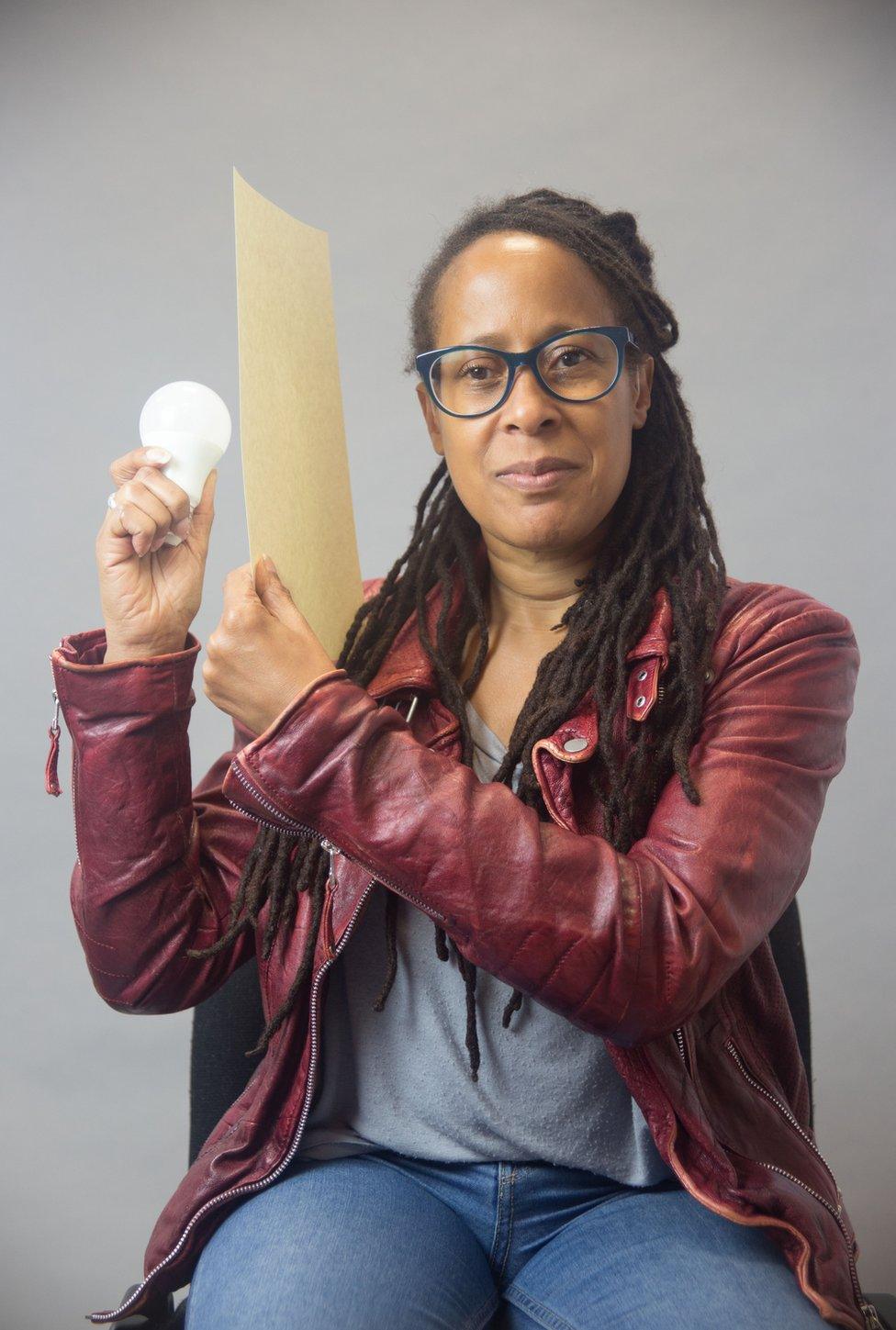
Alison held the parchment between her and the light bulb to represent how unheard she felt as a woman of colour living in the UK, and how the legislation had done nothing to change that


By using the parchment to represent the Acts, Kusqaum attached the ribbon to the light bulb to show that the law still has a way to go before really being able to make a better difference to our future

First Waves artworks will be on display at the Houses of Parliament, Westminster Hall, London, until 13 February.